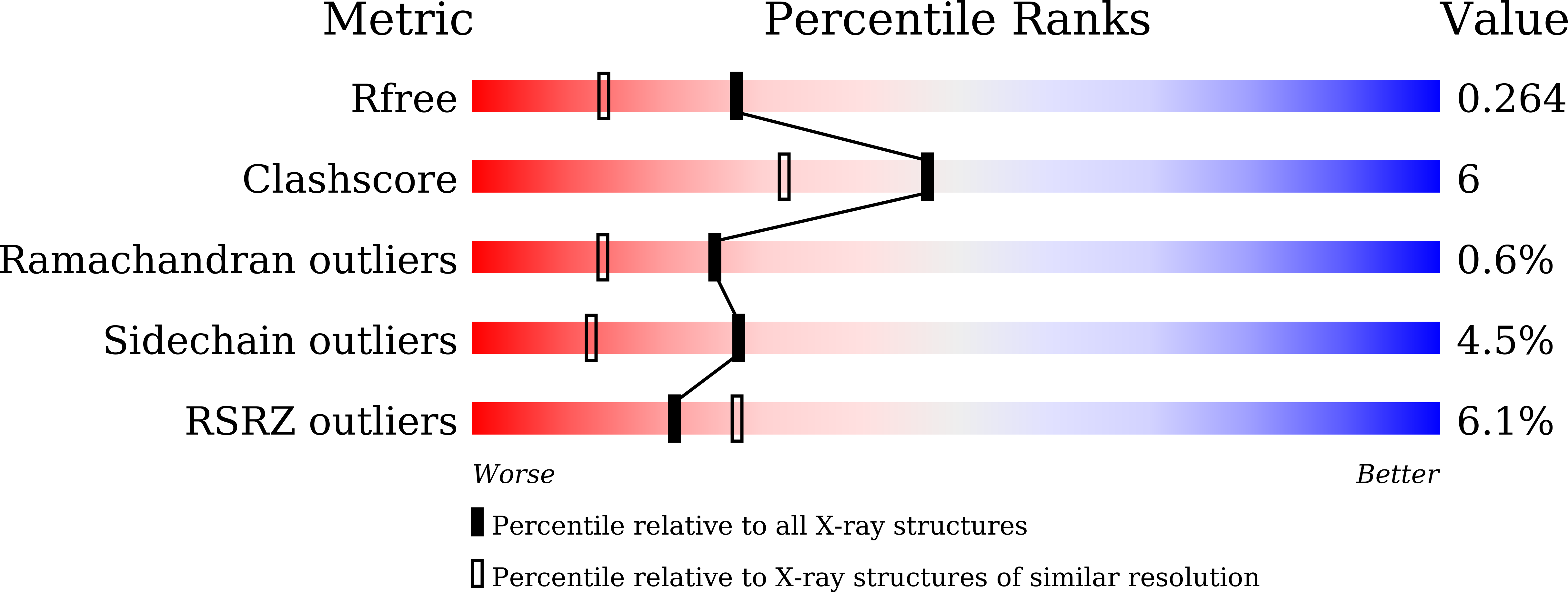Abstact
Most cis-prenyltransferases (cPTs) use all-trans-oligoprenyl diphosphate, such as (E,E)-farnesyl diphosphate (FPP, C15), but scarcely accept dimethylallyl diphosphate (DMAPP, C5), as an allylic diphosphate primer in consecutive cis-condensations of isopentenyl diphosphate. Consequently, naturally occurring cis-1,4-polyisoprenoids contain a few trans-isoprene units at their ω-end. However, some Solanum plants have distinct cPTs that primarily use DMAPP as a primer to synthesize all-cis-oligoprenyl diphosphates, such as neryl diphosphate (NPP, C10). However, the mechanism underlying the allylic substrate preference of cPTs remains unclear. In this study, we determined the crystal structure of NDPS1, an NPP synthase from tomato, and investigated critical residues for primer substrate preference through structural comparisons of cPTs. Highly conserved Gly and Trp in the primer substrate-binding region of cPTs were discovered to be substituted for Ile/Leu and Phe, respectively, in DMAPP-preferring cPTs. An I106G mutant of NDPS1 exhibited a low preference for DMAPP, but a higher preference for FPP. However, an I106G/F276W mutant preferred not only DMAPP but also all-trans-oligoprenyl diphosphates, with 15-fold higher catalytic efficiency than WT. Surprisingly, the mutant synthesized longer polyisoprenoids (~C50). Furthermore, one of the helix domains that constitute the hydrophobic cleft for accommodating elongating prenyl chains was also demonstrated to be critical in primer substrate preference. An NDPS1 I106G/F276W mutant with a chimeric helix domain swapped with that of a medium-chain cPT synthesizing C50-60 polyisoprenoids showed over 94-fold increase in catalytic efficiency for all primer substrates tested, resulting in longer products (~C70). These NDPS1 mutants could be used in the enzymatic synthesis of nonnatural all-cis-polyisoprenoids.



